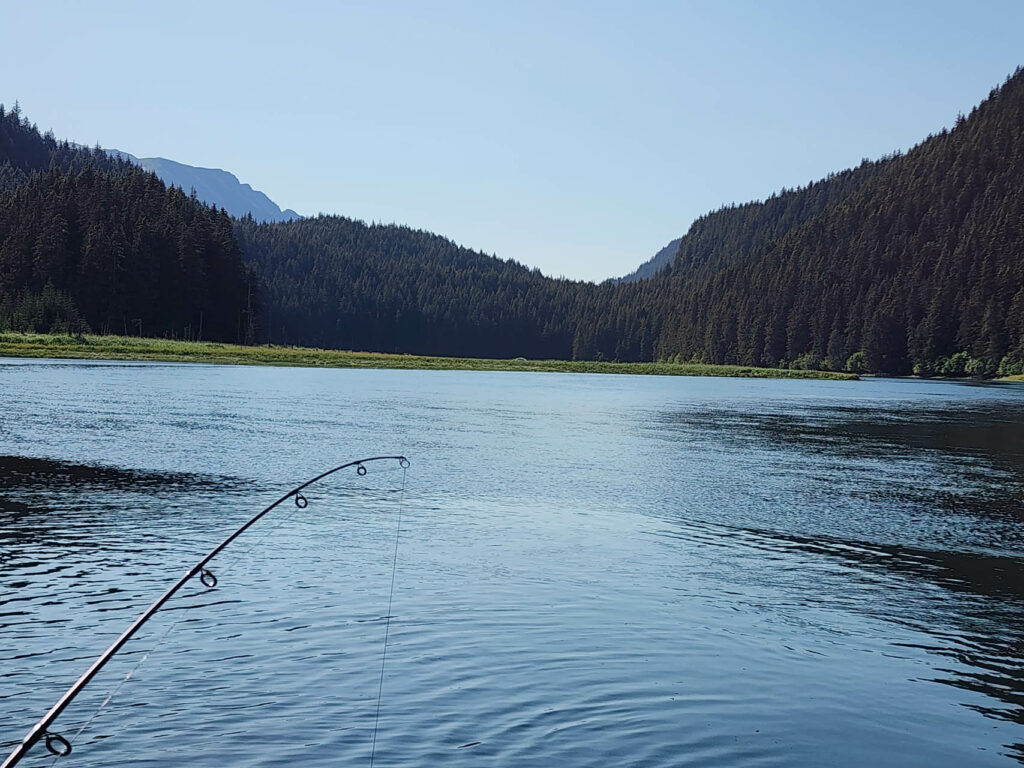History
As of the last census Ninilchik had a population of nearly 900. While Russian used to be far more common in Alaska, it has largely died out. Not so in Ninilchik where Russian was widely spoken for decades. This was by virtue of the area’s isolation and close-knit families. Some Russian speakers survive today and both Russian and American linguists have documented and studied this fascinating dialect.
Prior to the arrival of Russian and other Europeans, Native Americans primarily used the area for both fishing and hunting. The first permanent European settlers in the area were Russian and moved to Ninilchik from Kodiak Island. This was a couple of decades before “Seward’s Icebox” purchased Alaska for the United States in 1867. The Russian settlers formed up around certain core families with names like Kvasnikov and Oskolkoff. Official ownership of Alaska may have passed from Russia to the United States, but these families stayed and began creating a life and community in the area.
A mid-19th century version of Russian with the additional sprinkling of Native American words became the main language spoken in Ninilchik. As of 2013 a few remaining speakers of this Ninilchik Russian dialect were still living. The community began to grow into families, all of which were descended from the Kvasnikov and Oskolkoff settlers, plus marriages to Native Americans.
In the late 19th century a school was constructed. The school’s staff was entirely of Russian Orthodox priests and laymen. The local Russian Orthodox Church still stands to this day. The first public school (sanctioned by the U.S. government) was not finished until 1911. The area continued to change in the 1940s with more American homesteaders arriving and fish canning operations starting. In 1950, the Sterling Highway came through Ninilchik, better connecting the community to wider Alaska.
Local Folklore
Besides local history there is a rich tradition of folklore that mixes both Russian and Native American traditions. One such story is The Moose Lady. This is an old Ninilchik tale (mostly told by fishermen) concerning a tall, blonde woman. She has a slight voice, but is a shapeshifter, taking on the body of a moose when she wants. She comes in dreams as a haunting figure, mostly appearing the dreams of tired fishermen pining for their wives or lovers. Some who dream of The Moose Lady will even sleepwalk, laying down in the snow where a moose once lay. This of course can bring the fisherman harm or even death due to exposure. The origin of the story is debated, but some think it originates from an Old Rus legend. There is little written down about The Moose Lady, but what has survived states: “Не пей виски, не верь ей” (“Do not drink whiskey, do not trust her”).

